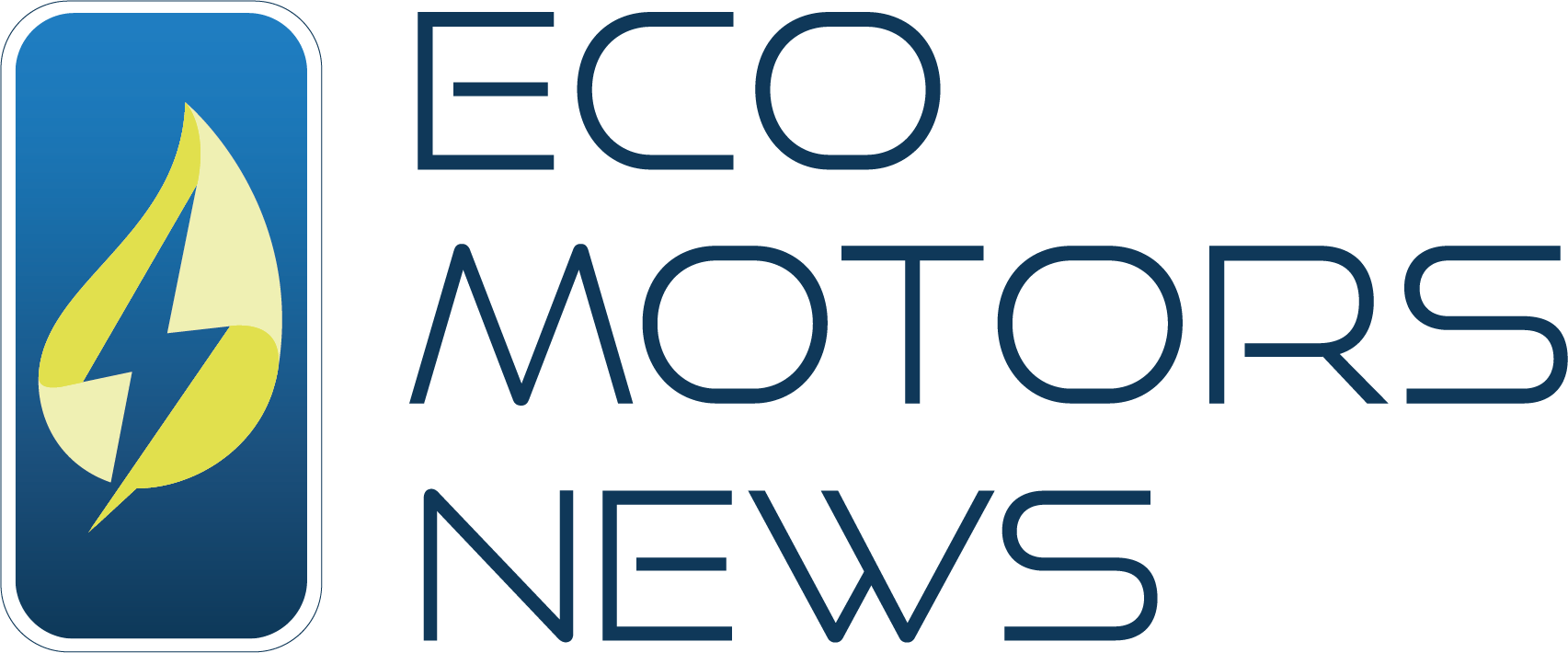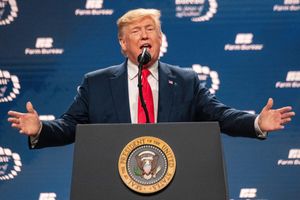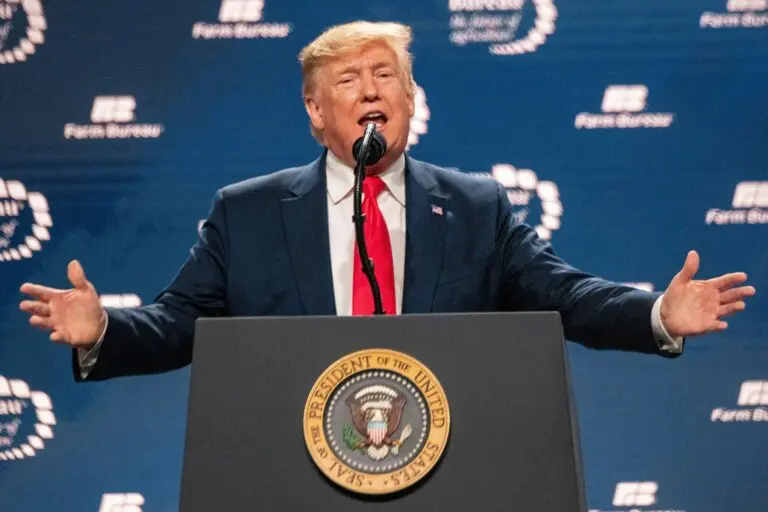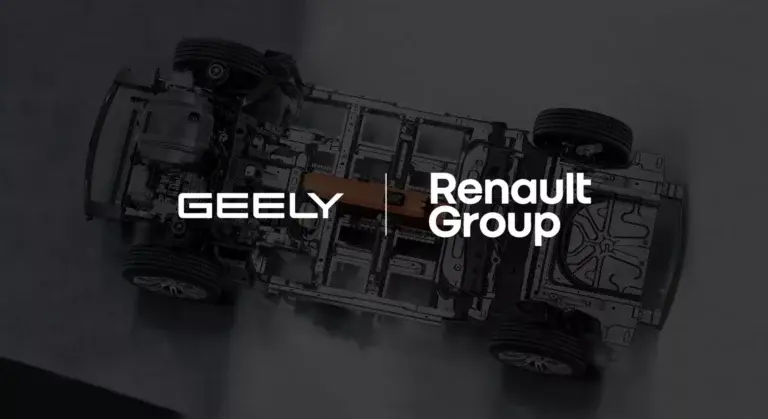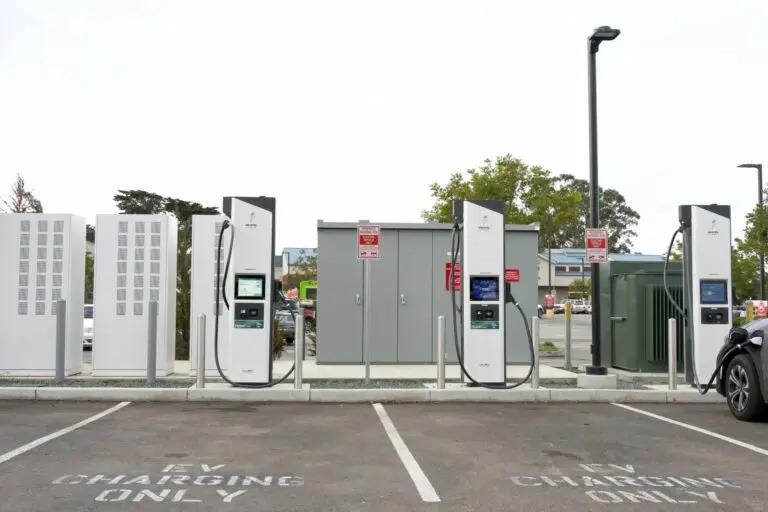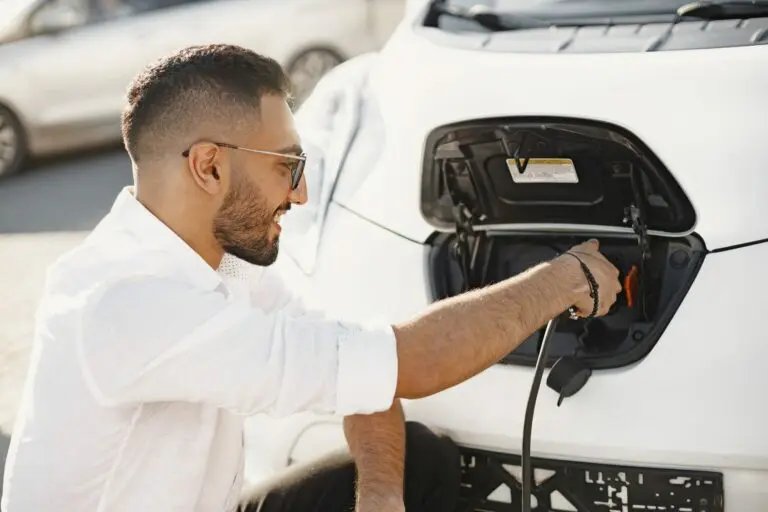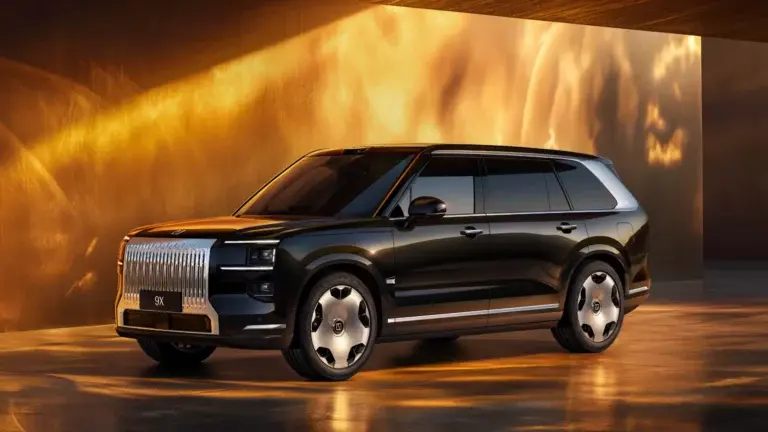In June, a federal judge forced the Trump administration to release funds for the NEVI programme, which had been frozen since February. This plan, adopted under Joe Biden, provides for five billion euros over five years to install fast-charging stations.
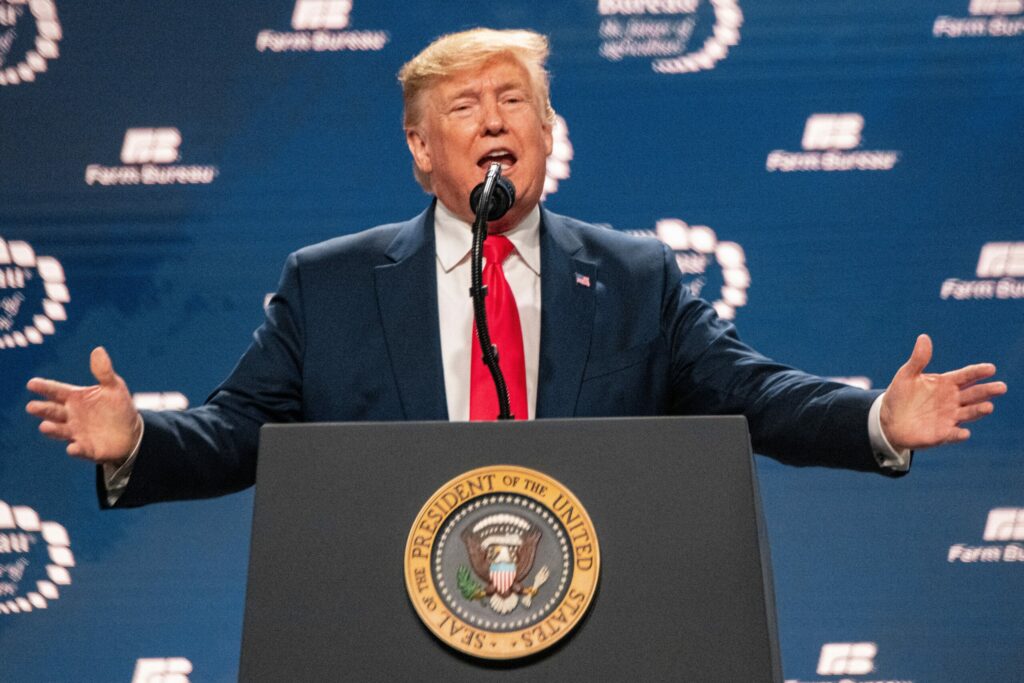
The Department of Transportation announced new rules in August, simplifying procedures but removing several obligations. States can now access the funding, including California and New York. The changes could speed up deployment, but they also radically alter the programme’s initial framework.
Freeze suspended by the courts
In February 2025, the Trump administration suspended the national NEVI (National Electric Vehicle Infrastructure) programme. Several states went to court, claiming that the freeze violated the law passed by Congress. In June, a federal judge in Washington ordered the freeze lifted. The injunction allowed more than fourteen states to access the frozen funding.
New federal directives
In August, the Department of Transportation (DOT), headed by Sean Duffy, published an « Interim Final Guidance« . This document removes several obligations imposed under the previous administration. The following are no longer required: the siting of a proportion of kiosks in rural, disadvantaged or underserved areas, consumer protections, emergency evacuation plans, environmental criteria, clauses aimed at small minority or women-owned businesses, as well as safety and training standards for installers.
A market under pressure
Uncertainties linked to the financing freeze had weighed on the electric vehicle market. LG Energy Solutions reported a slowdown in demand for batteries. In July 2025, the average price of electric vehicles in the US fell by 2.2%. Tesla reduced its prices in anticipation of the scheduled end of the $7,500 federal credit, scheduled for 30 September 2025.
